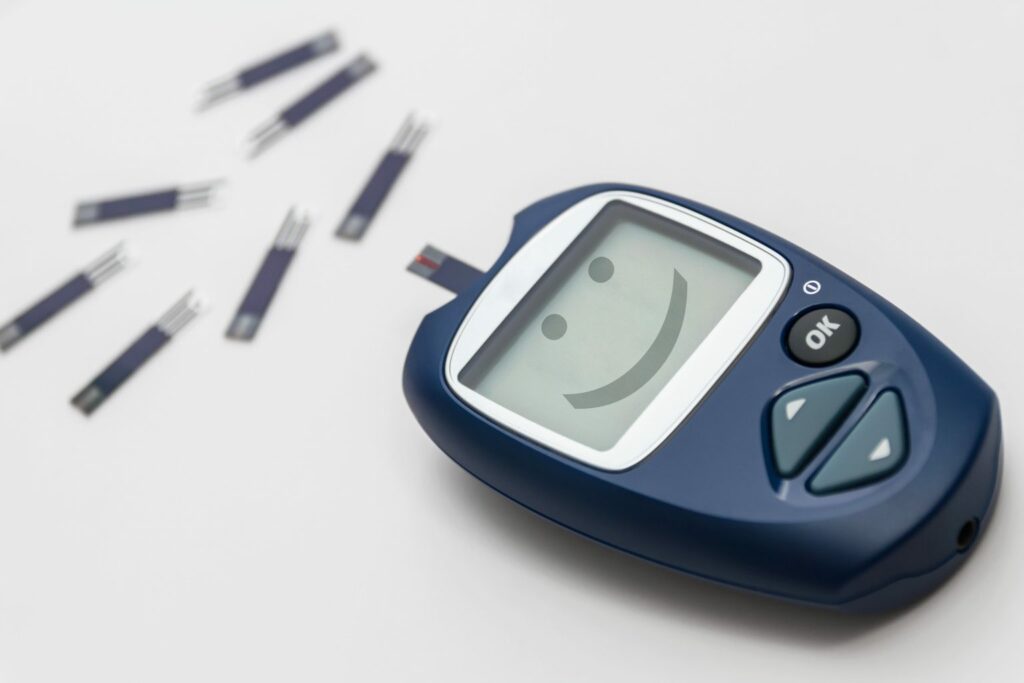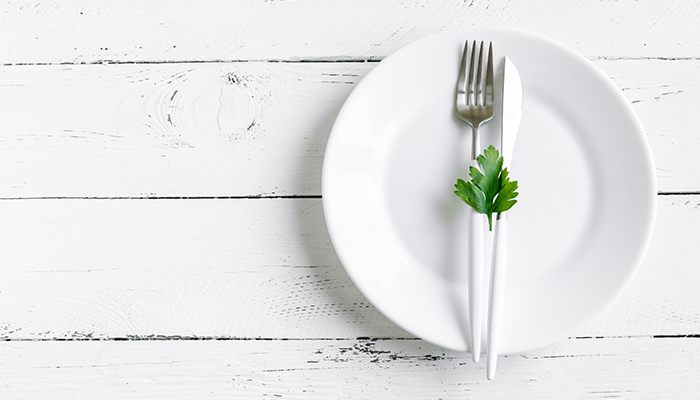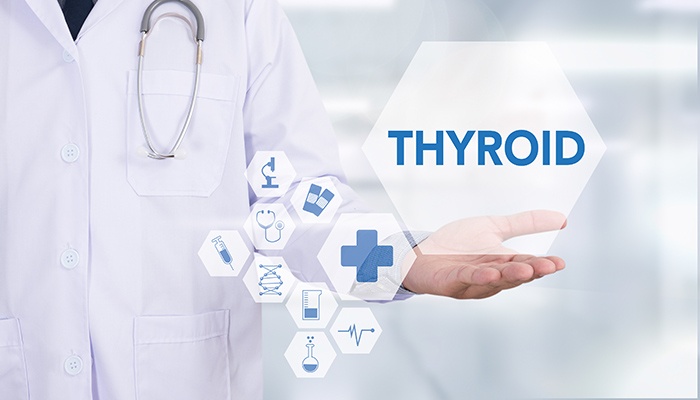I have an admission to make… I have been in a torrid affair for years and I have to come clean. Yes, my wife knows and has been ambiguous regarding this affair, as I was having it before she met me. It gets me up in the morning. It keeps me up at night. Coffee, why are you such a tough mistress!
I love my coffee, and if I could, I would drink it night and day. I started when my grandfather would put it in a saucer to cool it off and let me drink it that way at the age of 3 or 4. If it wasn’t coffee, then it was iced tea in the South, and we drink that more than water. Then, for a treat, we would drink a Coca-Cola every 2-3 days. Caffeine was just a part of life for me, and I loved it. What I discovered is that it didn’t love me back.
My first suspicions of this non-reciprocating love were when I got my genetics analyzed. I had both variants of one particular genetic variation that helps me get rid of caffeine (CYP1A2). This means that if I drink more than 1 cup of coffee a day, I have a 38% increased risk of a heart attack. If I have more than 2 cups that risk goes up to 64%! Others (hate them) have a decreased risk of heart issues with coffee/caffeine, which is all based on their genetics and very good fortune. What I thought was good for me according to some studies (these studies often contradict other studies saying it’s bad for us, as genetics was not a variable they considered), was going to increase my odds of a heart attack once I knew my genetics. There are also genetics where you increase anxiety with caffeine, which I will explore further below in the section on how to look up your caffeine genetics, but thank goodness I missed the genetic lottery for that one, ADORA2A, although the CYP1A2 was enough I think. This detox genetic variation, CYP1A2, in and of itself, definitely makes me rethink my relationship, and that was before I figured out what it was doing to my sleep.
Yes, it is official: caffeine disrupts sleep. I know, I know, this is a news flash and why haven’t you heard of this prior to now. Well, now you know (wink, wink).
In all seriousness, we know caffeine wakes us up so why am I stating the obvious? Well for one, I don’t think the common layperson or medical professional understands how caffeine disrupts our sleep by not only delaying sleep, but actually waking us up in the middle of the night and affecting sleep cycles, and this may be from caffeine intake in the middle of the day, not at bedtime.
I have friends who pound coffee all day and then fall right to sleep an hour or two after. The problem is they don’t understand why they can’t sleep for more than 4-5 hours. Well, I can tell you caffeine is known to be the most common cause of “waking after sleep onset” or WASO (just in case you needed another acronym in your life). Let us now take me as an example. If I have more than 2 coffees a day, especially after 10 AM, then I can guarantee you that I will be awake after 5-6 hours of sleep. I finally put it together by noticing patterns that my Oura ring provides. This handy ring tells me REM, NREM, light sleep, and awakenings. It has given me great insight into my sleep and coffee is a definite detriment.
Why is something that is so good, it seems, so bad for us at the same time? Well, to understand this relationship, we need to understand the physiology of caffeine’s effects.
Coffee’s primary mechanism of action is its effects to block Adenosine from binding to receptors in the brain that make us sleepy (it has some secondary effects on histamine release in the brain but for simplicity let’s focus here). Adenosine is an amino acid that accumulates during the day and allows us to fall asleep at night. Caffeine does not get rid of adenosine, but rather blocks the receptors, which is an important fact. When the caffeine wears off, then we still have that adenosine accumulating and it will either bind with a vengeance and we are more tired than when we drank caffeine, or we fight the fatigue with more caffeine and put off the inevitable. The problem with caffeine is its relatively long half-life of 4-6 hours depending on your genetics. This means it can take a full 24 hours to rid your body of the caffeine you took in at 8 AM. If you are dosing throughout the day, then you may have the same amount of caffeine in your system you did after that first cup of coffee, at your bedtime! You may still fall asleep, as the adenosine overwhelms the receptors, but when you have broken down enough adenosine as you sleep, caffeine is still there binding those receptors and boom! Awake you are, and not at a convenient time.
The above calculations do not take into account if you are a poor metabolizer like me. If you have genetic issues, which there are two main ones, then you may have trouble sleeping with just one cup of coffee or God forbid, an energy drink which in some cases can have over 3 times the caffeine as coffee. There is a lot to consider here as we grab that cup of Joe or energy drink and here are some tools to help you understand the effects of that 24 oz. of coffee from Starbucks and ways to cool down that torrid relationship with caffeine.
- Caffeine Apps – Yep, they’ve made an app for that. The simplest, for $3.99, is “Caffeine App.” You plug in all your caffeine intake, from whatever source, and it’ll give you charts of where your caffeine will be at bedtime. What’s scary, is that as I write this and have consumed 2 cups of coffee, 1 at 6:30 AM and 1 at 8 AM, I will still have 50 mg of caffeine in my system at 9:30 PM! This is with an arbitrary 50 mg limit I put in the app. This is like drinking half a cup of coffee and going to bed! Craziness! This is without my genetics, so guess who is only going to be drinking 1 cup a day from now on?

- Genetics – I use PureGenomics to understand my 23andme data. Fortunately, it is free, but you need a healthcare provider to sign you up. If you don’t have PureGenomics, I will include a short tutorial at the end to look up your genetics on your 23andme account. This is important, not only for sleep but your overall health as I pointed out before, especially with blood pressure and heart disease.
- Decaffeinated beverages – I love coffee and don’t care if it is decaffeinated. I would recommend, 1 cup of regular coffee or other drink, then switch over to the decaffeinated version. You are still going to get some caffeine but about 85% less. This makes me extremely happy and doesn’t disrupt my sleep. If you’re going with decaffeinated coffee, make sure it’s not chemically treated but rather, Swiss water extracted (organic), just to have the best possible experience.
- Wean off the caffeine. I know this is unthinkable, but in my journey of health, I have to admit, I’m thinking this is the next step for me. It’s giving me artificial feedback on my health. It allows me to ignore my adrenal health and mask its feedback of stress, not enough sleep, etc. so that I’m unable to connect the dots and make better life choices. I’m thinking I will start with only one cup of caffeine a day. I will add herbal hot beverages to give me the “hot drink” fix. Then, I’m going to start mixing my coffee beans half caffeinated and half decaffeinated for a while. Next, it’s on to just decaffeinated beans, which have about 10-15 mg of caffeine, but allows me to have the taste I love. It’s a plan, and one I am going to do my best to stick to.
- Support your body during the withdrawal. Often, we are using our caffeine as compensation for years of burning the candle at both ends. We can use things that support our adrenals, which are responsible for giving us energy that is independent of caffeine, through cortisol. Two of my favorites are 1. Adrenal for very overworked adrenals and a less aggressive option 2. PhytoADR. These will help as you look for energy that is not caffeine-dependent. Another option is Energy Xtra when you need that extra pick me up that would normally involve caffeine.
This is basically a cathartic article for me, or my “Dear John” letter, as I had to not only write this for you, but for myself. When I see it in black and white, I can no longer avoid the inevitable breakup that has to happen. I have to do it for my heart, my sleep–and ultimately–my overall wellbeing.
How to find out your genetics in relation to caffeine:
- Go to 23andme and login
- Click on initials (Step 1 on screenshot)
- Click on Browse Raw Data (Step 2 on screenshot)

- Look at 2 specific genes for Caffeine
- ADORA2A rs5751876 (See image-you will have to put it in as rs5751876 exactly” STEP 3”)- if you get TT “STEP 4” you are more likely to be anxious with caffeine.
- Next check your CYP1A2 rs762551 just like you did above- CC and CA are the ones that mean you are slow metabolizer. CC is the slowest metabolizer of the two and means even less caffeine is needed to cause hypertension and heart disease.


















